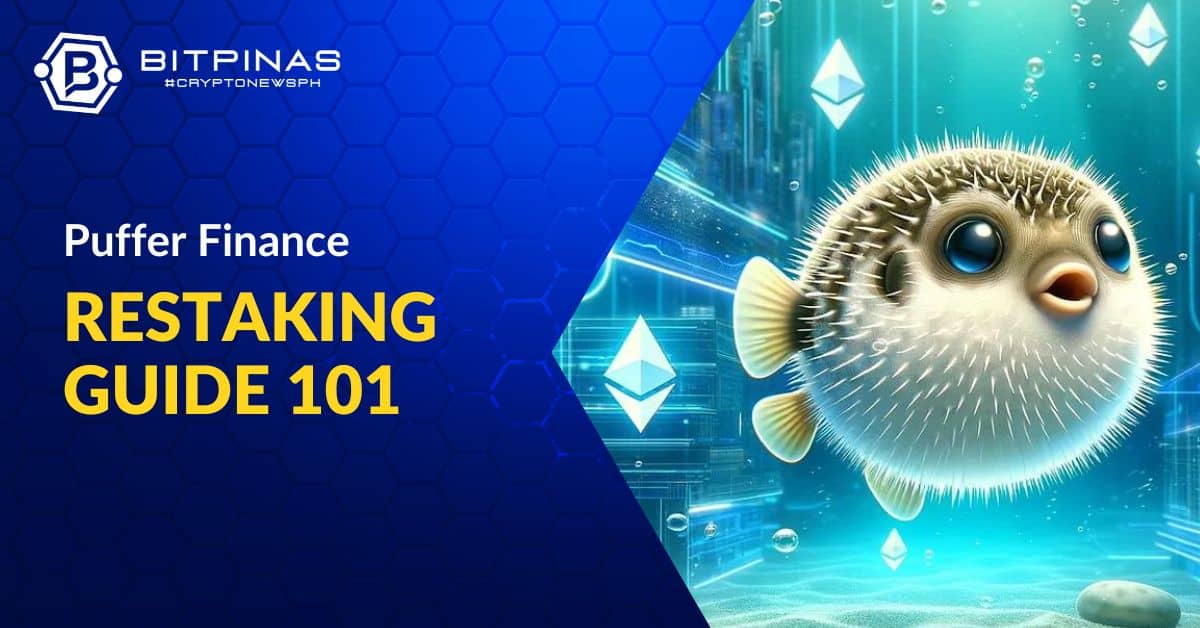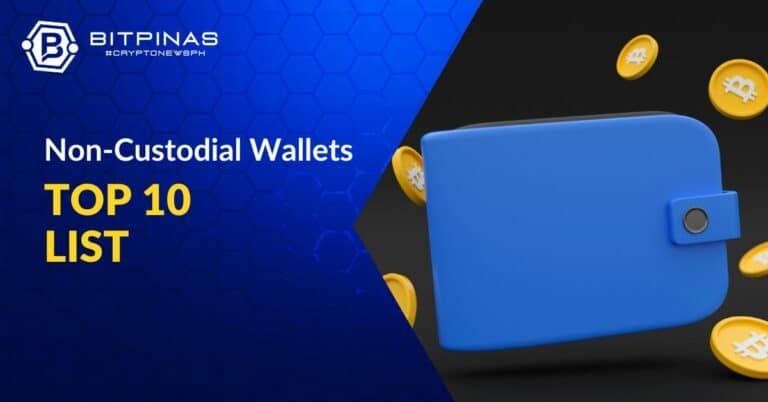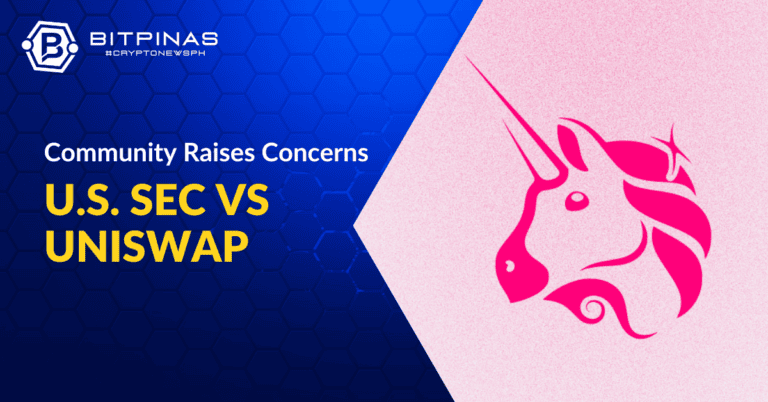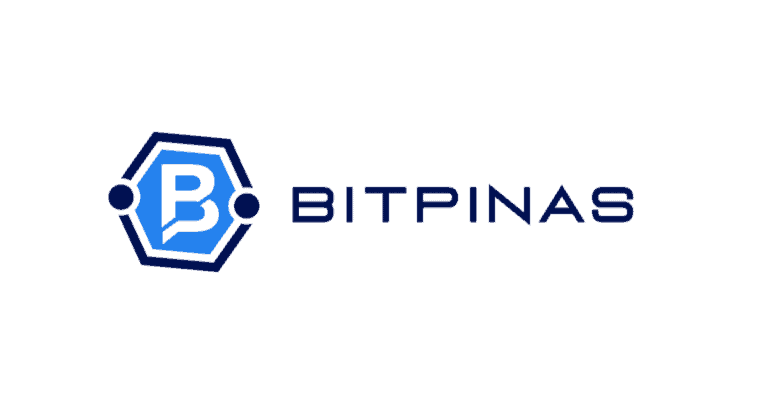Puffer Finance Airdrop And Introduction: How to be Eligible?
Here’s an introduction to Puffer Finance, as well as how to be eligible to Puffer Finance airdrop.

- Known for its under-the-sea, cartoon-like platform, Puffer Finance is a decentralized native liquid restaking protocol built on top of the Eigenlayer ecosystem.
- It allows validators to receive additional restaking rewards through the EigenLayer technology while receiving proof-of-stake (PoS) rewards on the Ethereum network.
- Puffer boasts of having a different approach to liquid staking protocols. It is because, after the NoOps stake their $ETH and receive pufETH, they are also granted by the protocol’s restaking rewards.
Known for its under-the-sea, cartoon-like platform, Puffer Finance (https://www.puffer.fi/) is a decentralized native liquid restaking protocol built on top of the Eigenlayer ecosystem.
(Read more: 24+ Potential Crypto Airdrops to Watch Out For in 2024 and (Potential) Airdrop Alert: Learn About Restaking on Eigenlayer)
Table of Contents
Introduction to Puffer Finance
According to its team, Puffer Finance’s goal is to make Ethereum validating not just accessible but profitable while striving to improve the Ethereum validator diversity.
As a protocol, it claims to:
- Prioritize safety by introducing a “novel approach” to validator collateral with better long-term NoOp incentives. NoOp are the node operators of the protocol.
- Adjust risk by allocating the protocol’s ETH among different Eigenlayer AVSs and restaking operators.
- Preemptively self-cap its pool size to 22% to protect Ethereum’s credible neutrality.
- Allow anyone with enclave-compatible hardware and 1 $ETH to run an Ethereum validator.
- Allow NoOps to increase their profit margins through Eigenlayer’s restaking exposure.
- Allow NoOps to use enclave-compatible hardware to protect themselves from slashing while unlocking unique restaking opportunities, increasing their hardware efficiency.
- Allow stakers to earn rewards even if the protocol’s validators underperform.
Additional Restaking Through Eigenlayer
Basically, Puffer Finance allows validators to receive additional restaking rewards through the EigenLayer technology while receiving proof-of-stake (PoS) rewards on the Ethereum network.
“The goal is that our validators can earn more than just PoS validating, allowing them to efficiently reuse their hardware and capital to improve their viability and profitability,” Puffer CTO and Co-Founder Jason Vranek explained.
“If this were to play out in the long term, we expect to see more and more validators joining the network, helping to secure Ethereum and preserve its decentralization.”
How Does Puffer Finance Work?

On its website, Puffer welcomes users to stake their $ETH in exchange for pufETH, Puffer’s native Liquid Restaking Token (nLRT). This is available because the Puffer DAO creates a restaking module by curating Automated Value Stream (AVS) and restaking operators.
Meanwhile, to be a new validator, NoOps are required to deposit at least 1 $ETH which serves as collateral for the protocol’s contract. In return, Pufer mints locked pufETH that functions to safeguard staker ET, align NoOp incentives, and increase their profit margins.
Each restaking module will then collect all the NoOp registrations until it reaches a total of 32 $ETH to be activated. According to the team, this process “will create a new validator within the EigenPod whose ETH can be natively restaked on Eigenlayer to serve as collateral for its registered AVS.”
And once the validator is activated, NoOps are now eligible to validate for as many days as validator tickets they have deposited while keeping 100% of the generated PoS rewards.
“Since NoOps receive 100% of the PoS rewards they generate, they are incentivized to maximize their validator performance, helping protect staker ETH,” the whitepaper read.
Lastly, Puffer boasts of having a different approach to liquid staking protocols. It is because, after the NoOps stake their $ETH and receive pufETH, they are also granted by the protocol’s restaking rewards.
“Restaking operators execute the AVSs on the module’s behalf and receive a commission for their services. The accumulated fees from these AVSs enhance the value of pufETH. This mechanism allows stakers to achieve higher returns compared to conventional LSTs,” it added.
Puffer Airdrop Guide
As of this writing, Puffer Finance is already in Chapter 2 of its airdrop campaign. The airdrop campaign is in line with its mainnet launch.
The airdrop also has a leaderboard system, where participants must collect Puff points to earn rewards. The community speculates that the higher the points, the higher the rewards.
How to Participate in Puffer Airdrop:
- Step 1: Go to https://quest.puffer.fi/chapter2.
- Step 2: Connect a wallet. Accepted wallets include MetaMask, OKX Wallet, Rabby Wallet, TokenPocket, and Coinbase Wallet.
- Step 3: Connect a Twitter account.
- Step 4: Choose a family.
- Step 5: Complete Chapter 2 tasks.
- Step 6: Secure an invite code and refer friends to earn more points.
Some tips by the Puffer team to earn more points include depositing before February 9 to lock in Eigen points and buying stETH directly for Eignelayer to earn a 3x multiplier.
This article is published on BitPinas: Puffer Finance Airdrop Guide: How to be Eligible?
Disclaimer:
- Before investing in any cryptocurrency, it is essential that you carry out your own due diligence and seek appropriate professional advice about your specific position before making any financial decisions.
- BitPinas provides content for informational purposes only and does not constitute investment advice. Your actions are solely your own responsibility. This website is not responsible for any losses you may incur, nor will it claim attribution for your gains.





